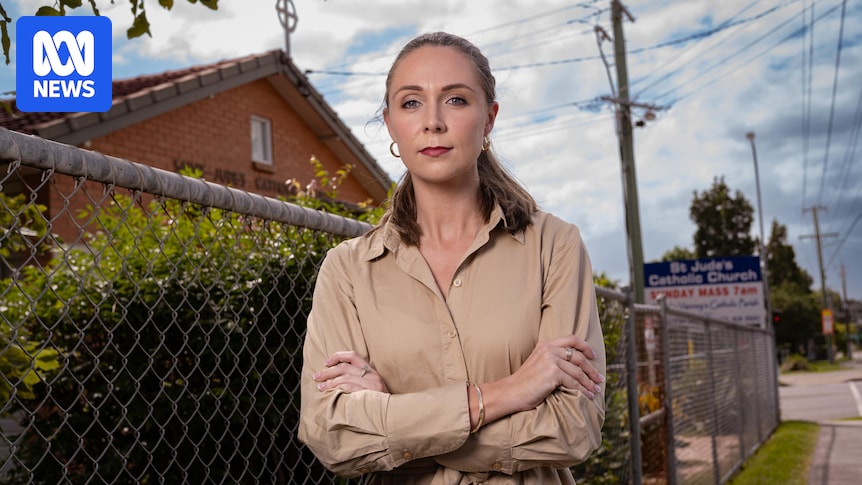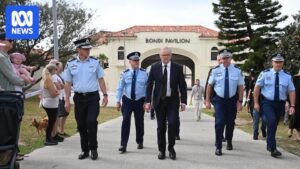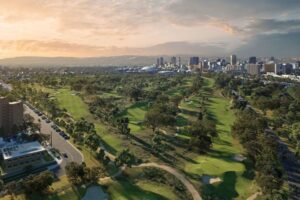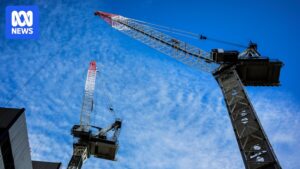
A significant transformation looms over Queensland’s political scene as an electoral boundary review threatens to reshape the state’s parliamentary map. This redrawing of boundaries could potentially end political careers or turn previously safe seats into fiercely contested battlegrounds.
According to a newly released discussion paper by the redistribution commission, more than a third of the seats in the Queensland state parliament are facing changes. This is primarily due to population imbalances within electoral boundaries, with some areas having too many or too few residents, or projected to do so within the next seven years.
Population Pressures and Political Implications
Currently, 14 out of Queensland’s 93 electorates are out of quota, meaning they exceed the permissible 10 percent deviation from the average number of voters per seat. Among the most notable is the seat of Murrumba, held by Opposition Leader Steven Miles, which is 18.8 percent above quota. With its population expected to grow, Murrumba will need to reduce in size.
While the Labor Party remains confident about retaining Murrumba, the seat of Gaven on the Gold Coast presents a different challenge. Held by high-profile MP Meaghan Scanlon, Gaven is 11.55 percent below quota and is projected to fall further by 2032. Given Scanlon’s slim margin of 0.7 percent, the redistribution could complicate her efforts to retain the seat.
Historical Context: Lessons from Past Redistributions
The upcoming changes echo the significant alterations made during the 2017 redistribution. At that time, the Brisbane seats of Mount Coot-tha and Indooroopilly were merged to form the new electorate of Maiwar. This led to strategic decisions by politicians such as Steven Miles, who moved to the safer seat of Murrumba, and Scott Emerson, who chose to contest Maiwar but ultimately lost.
“In my whole life, I’ve never been someone who cuts and runs,” said Scott Emerson, reflecting on his decision to stay and fight for his seat.
The 2017 redistribution also saw the introduction of compulsory preferential voting, which played a role in the electoral outcomes. Michael Berkman of the Greens won the newly created seat of Maiwar, highlighting the unpredictable nature of boundary changes.
Seats Facing Major Changes
The seat of Coomera on the Gold Coast, held by the LNP’s Michael Crandon, is facing one of the most significant adjustments. Currently 37.4 percent above quota, Coomera is projected to be 59 percent over by 2032, necessitating major boundary modifications.
Similarly, Logan, represented by Labor’s Linus Power, is 27.7 percent over quota and expected to reach 51 percent over within seven years. Ipswich-based electorates like Jordan and Bundamba are also set for changes, with both exceeding the voter quota.
Conversely, seats such as Oodgeroo and Mundingburra are under quota, as are several Brisbane electorates like Stretton and Toohey. The redistribution commission anticipates “significant boundary changes” to bring these seats into compliance.
Expert Insights and Future Projections
John Mickel, an adjunct associate professor at Queensland University of Technology and former speaker of state parliament, likens the redistribution process to “three-dimensional chess” due to its complexity and the multiple possible outcomes.
“There’s just not enough votes to go around. Somebody’s got to lose a seat in there somewhere,” Mickel noted, predicting that an MP in Brisbane’s inner south will be affected.
Mickel highlighted the strategic decisions MPs must make during redistributions, suggesting that gaining parts of other electorates can be advantageous, though not a guaranteed success.
“If you’re a Labor member, for example, and you get moved into what was a safe National party area, you’ll find that you get a swing to you in the area you picked up,” he explained.
The redistribution process underscores the dynamic nature of Queensland’s political landscape, with potential shifts in power balances and the emergence of new political contenders. As the state prepares for these changes, the impact on both voters and politicians will be closely watched.







